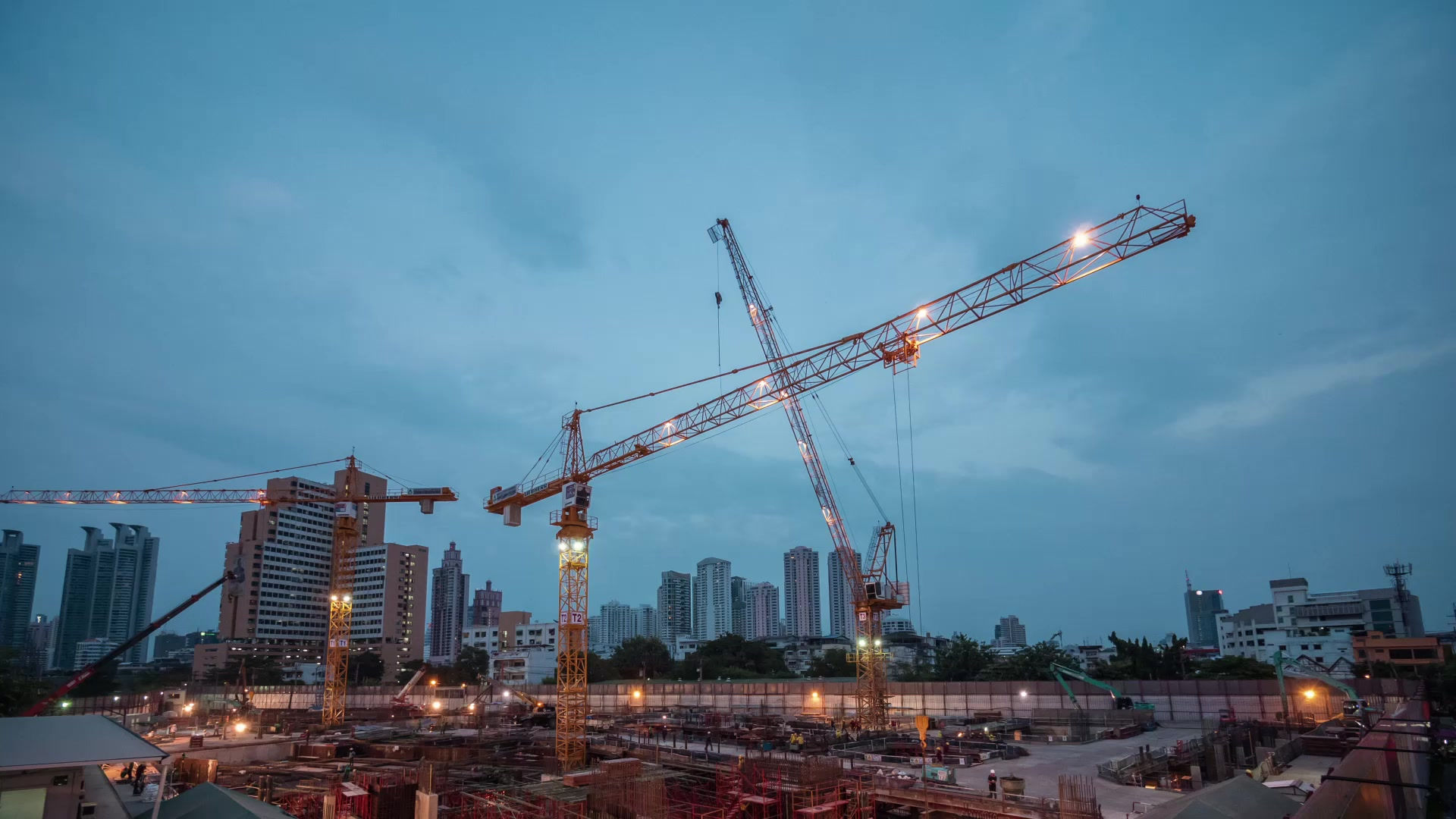Quality Control in Reinforcing Steel Fabrication: Ensuring Strength and Compliance
- Joitech

- Jun 19
- 3 min read
For concrete structures to be strong and long-lasting, reinforcing steel, or rebar, is essential. Maintaining structural integrity and adhering to industry rules need high levels of fabrication quality. This article examines industry standards, best practices, and important quality control procedures for bolstering steel manufacture.

Importance of Quality Control in Rebar Fabrication
When fabricating reinforcing steel, quality control (QC) makes sure the steel satisfies the necessary requirements for durability, strength, and ductility. Inadequate rebar can result in safety risks, higher maintenance expenses, and structural failures. Adopting stringent QC procedures aids in:
Key Quality Control Measures in Reinforcing Steel Fabrication
1. Material Selection and Testing
The first step in quality control is the selection of superior raw materials. ASTM (American Society for Testing and Materials) standards, such as ASTM A706 for weldable rebar and ASTM A615 for carbon-steel rebar, must be met by rebar. Typical material tests consist of:
Tensile strength testing – Determines the steel’s ability to withstand stress without breaking.
Bend tests – Ensures flexibility and ductility.
Chemical composition analysis – Verifies the presence of essential elements like carbon, manganese, and silicon.
2. Precision in Cutting and Bending
For rebar to satisfy technical requirements, it must be precisely cut and bent. Human error is minimized and consistent dimensions are guaranteed by automated devices with precise programming. Important things to think about are:
Using computer-aided design (CAD) for accuracy
Verifying cut lengths and bend angles through random inspections
Avoiding excessive bending that can weaken the steel
3. Welding and Coating Quality Checks
For projects requiring welded rebar, it’s essential to ensure compliance with AWS D1.4 welding code. Quality checks include:
Inspecting weld integrity through non-destructive testing (NDT)
Ensuring proper fusion to prevent weak joints
Applying protective coatings (epoxy or galvanization) to prevent corrosion
4. Inspection and Certification
Regular inspections at different fabrication stages help maintain quality. A comprehensive QC plan includes:
Visual inspections – Checking for cracks, rust, or deformities.
Third-party testing and certification – Independent agencies verify compliance with industry standards.
Batch tracking – Using barcodes or RFID tags for traceability and accountability.
5. Storage and Transportation Best Practices
Even high-quality fabricated rebar can degrade due to improper storage and handling. Best practices include:
Storing rebar in dry, covered areas to prevent rust
Avoiding excessive stacking that may cause deformation
Transporting with proper support to prevent bending or cracking
Compliance with U.S. Industry Standards
Fabricators must comply with the following U.S. standards and regulations:
ASTM International – Sets specifications for material quality and mechanical properties.
American Concrete Institute (ACI) – Provides guidelines for rebar placement and structural integrity.
Concrete Reinforcing Steel Institute (CRSI) - Develops industry practices and design standards for reinforced concrete construction.
ACI Detailing Manual / ACI SP-66 – Offers best practices for preparing placing (shop) drawings.
Department of Transportation (DOT) regulations – Ensure compliance for infrastructure projects.
PTI (Post-Tensioning Institute) (if any post-tensioned systems are involved)
– Includes detailing and fabrication guidance for rebar used with PT systems.
ISO 9001 Certification – Ensures a structured quality management system.
Conclusion
For concrete constructions to be strong, safe, and long-lasting, quality control in the manufacture of reinforcing steel is crucial. Fabricators may provide high-quality rebar that satisfies building requirements by following stringent industry standards, carrying out routine inspections, and putting best practices into effect. In the United States, putting quality first when fabricating rebar for bridges, highways, or commercial buildings results in safer and more resilient constructions. Read more...





Comments